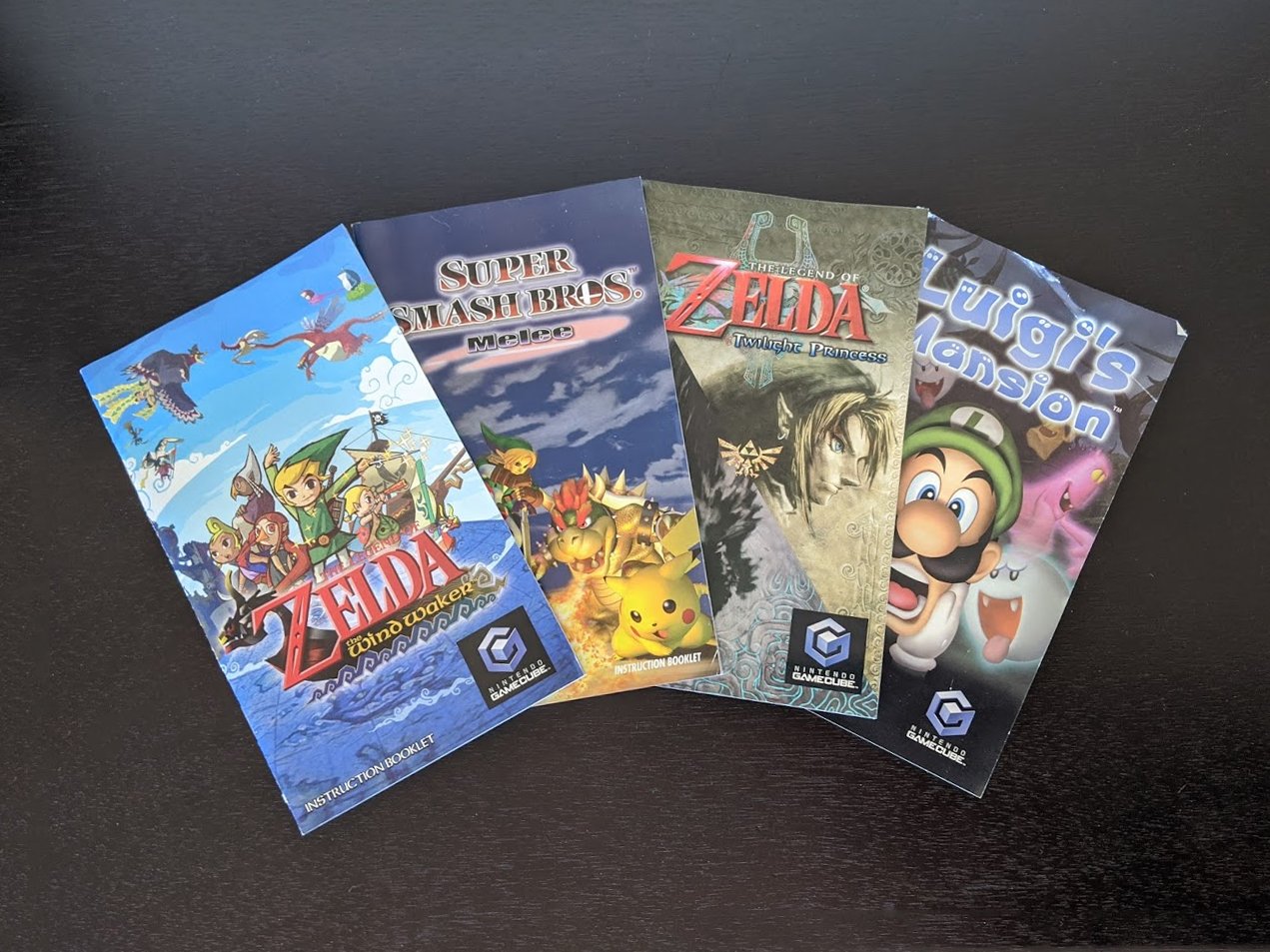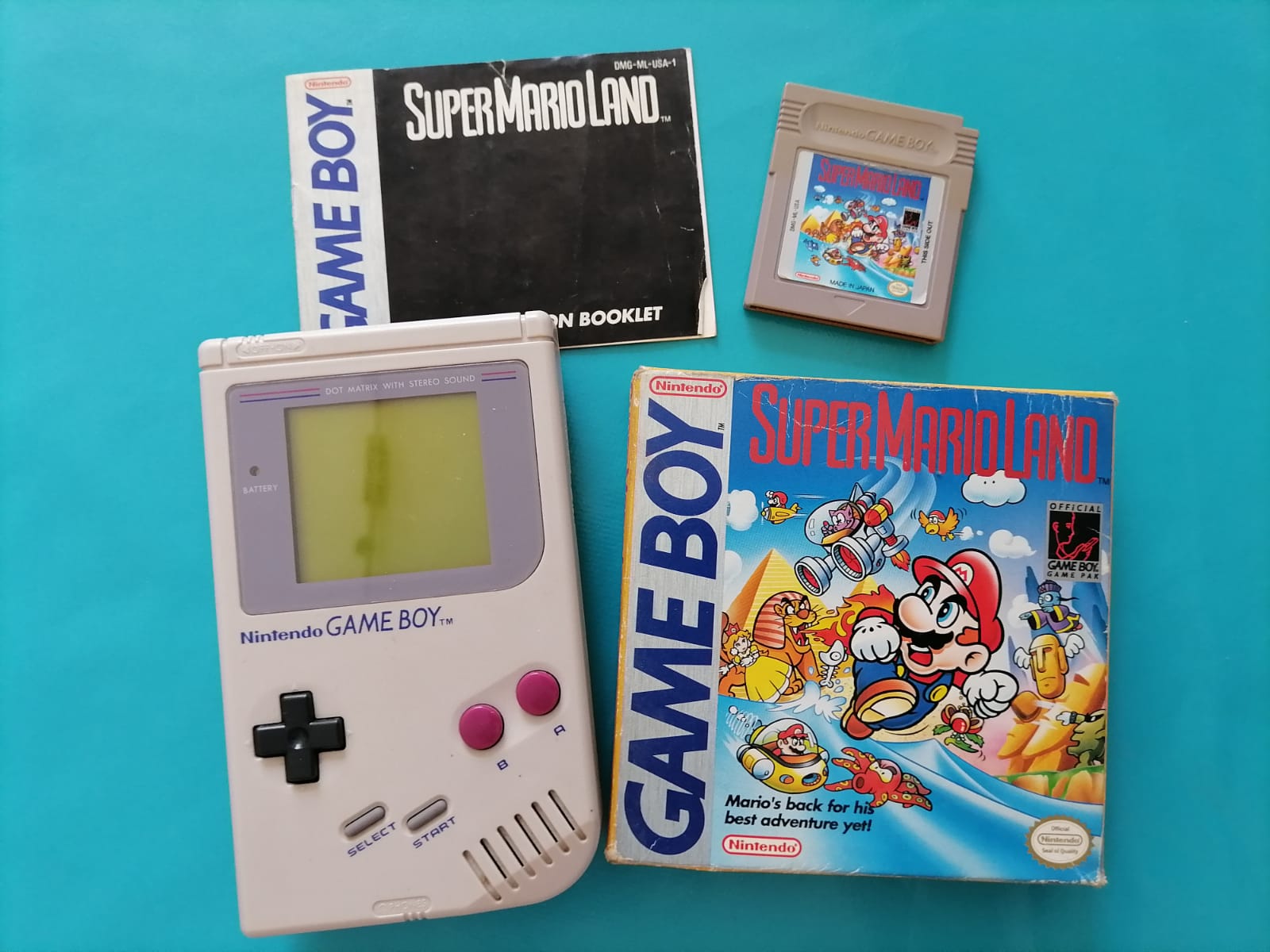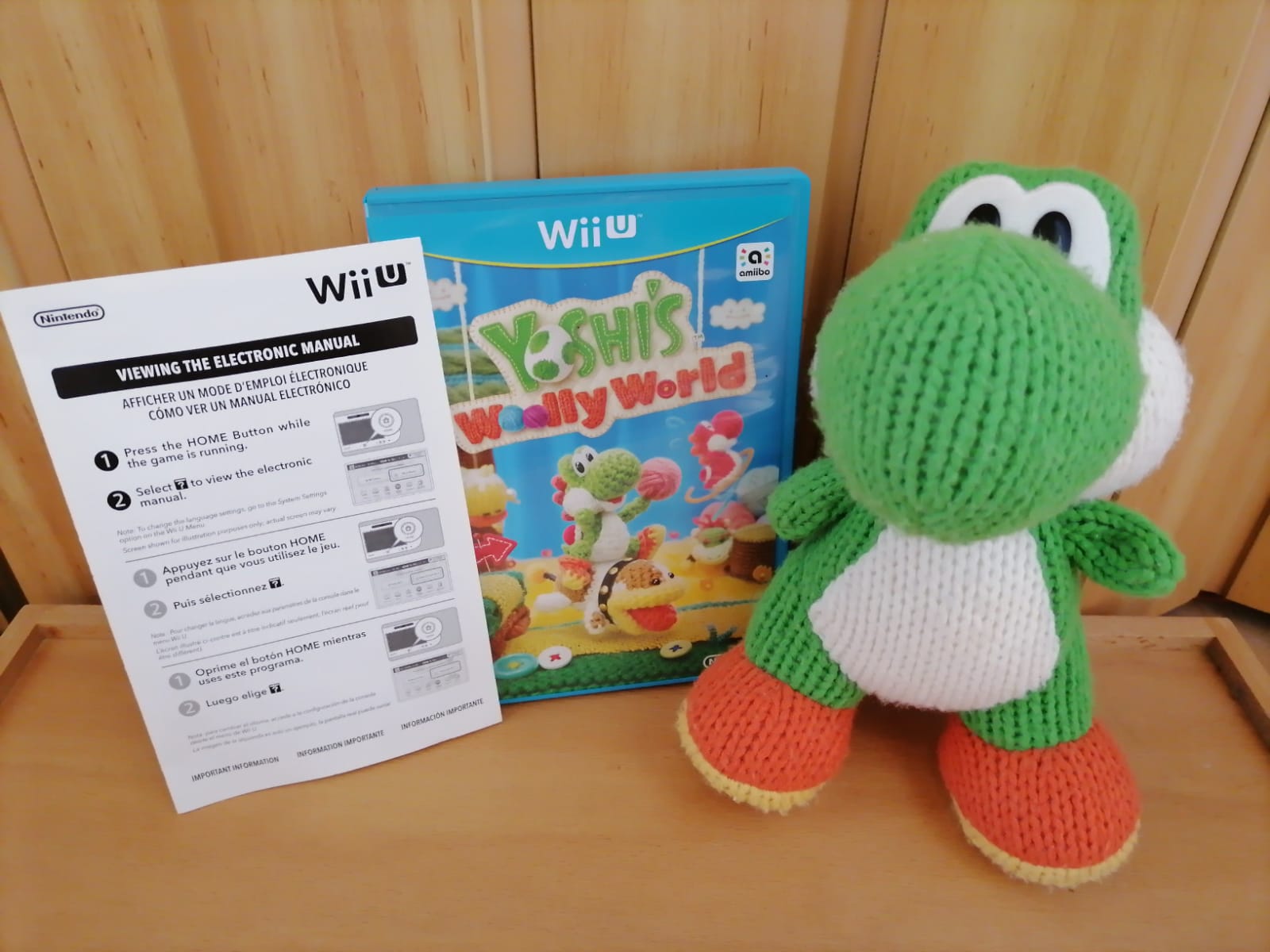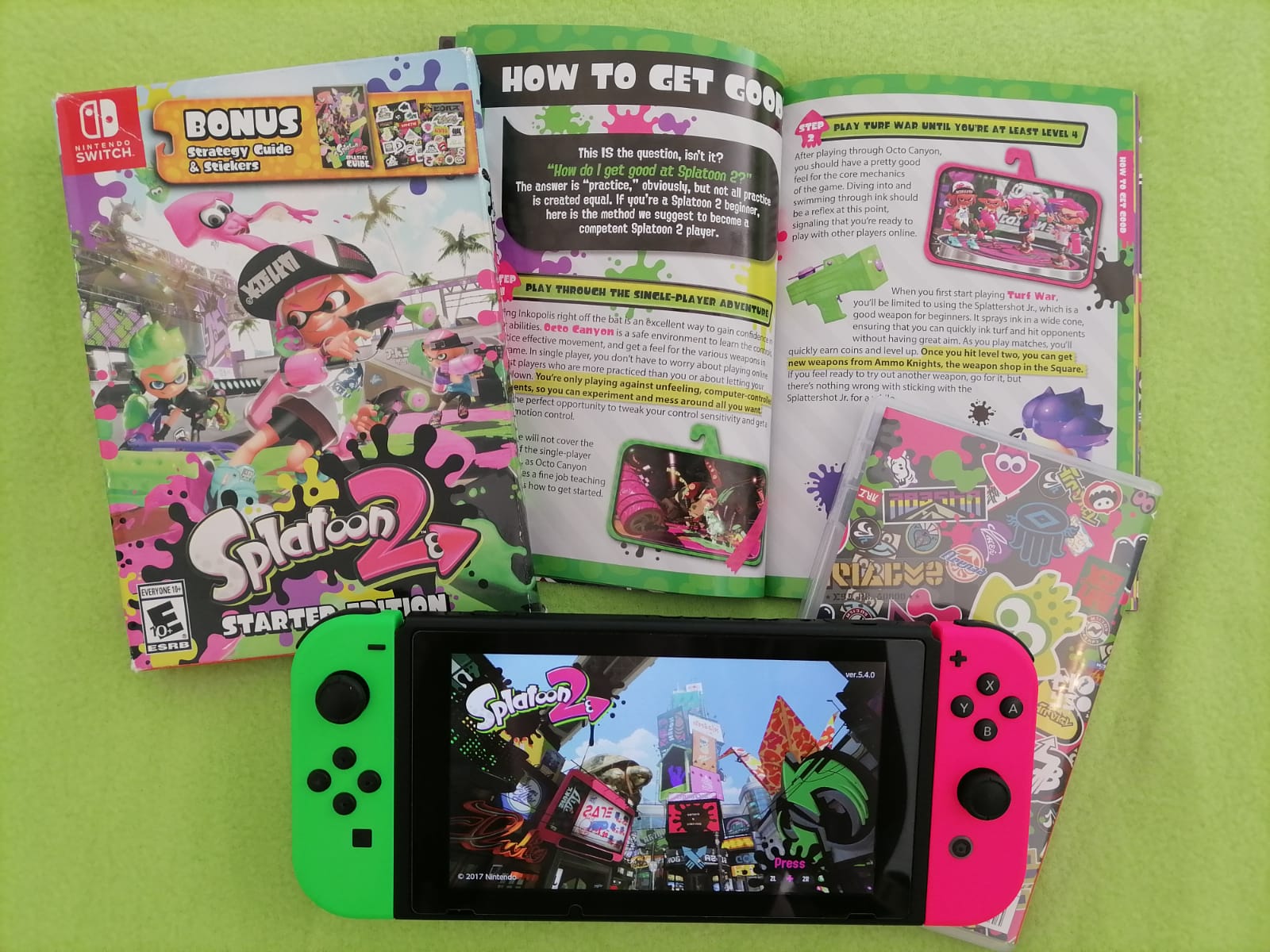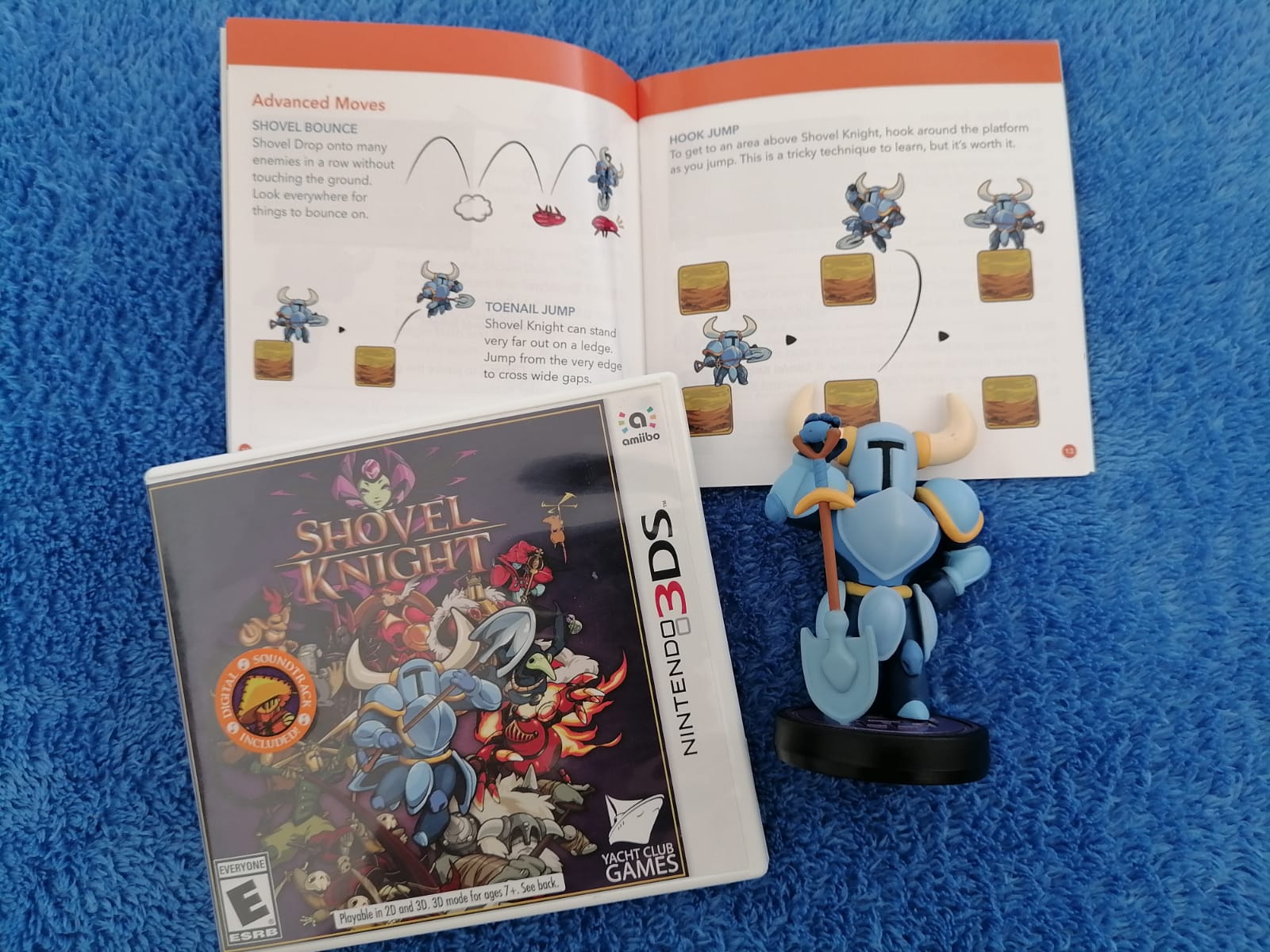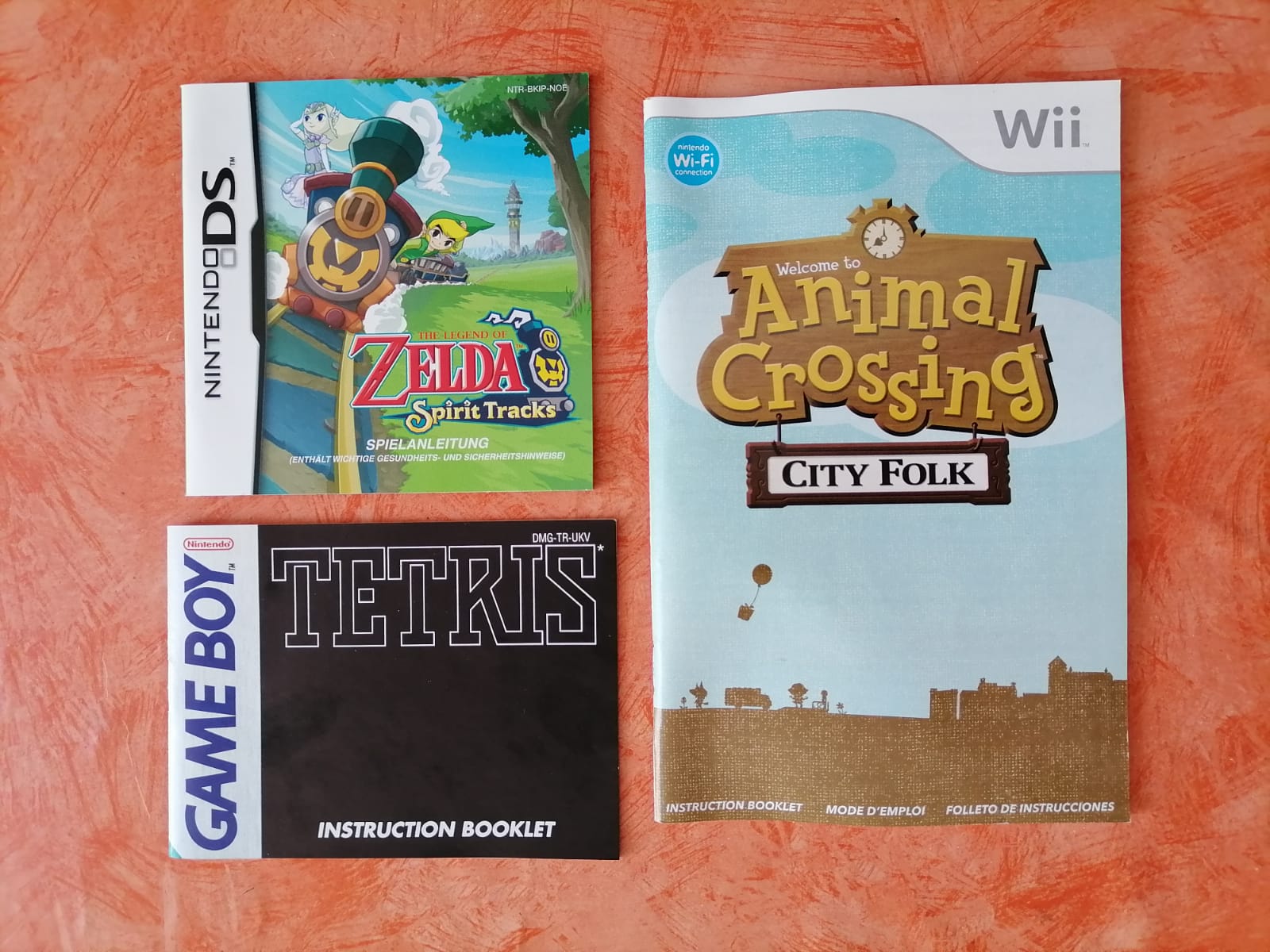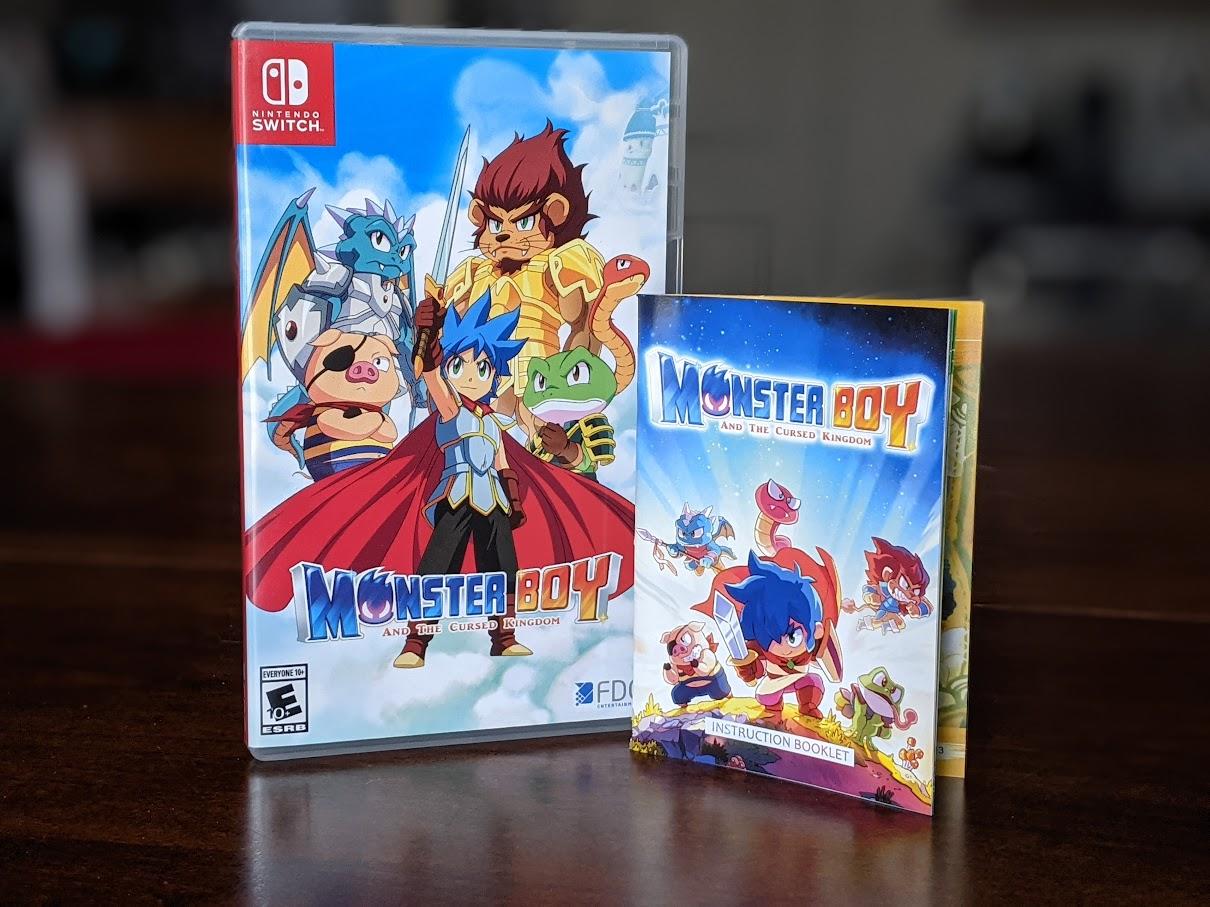Video game manuals are going extinct, and need to make a comeback
Sure, we can rely on wikis for information, but there's nothing like holding a glossy manual you can read over and over again.
For some of us, getting a new game we'd wanted for a long time was life-changing. The new-game smell, holding it in your hand, just the sheer fact that it existed, and it was yours — it was a magical feeling. I often inspected every inch of the box art, and pored over the manual for hours, even bringing it to school to read during lunch.
But kids today see fewer opportunities to appreciate the wonder that is the video game manual. With modern games, these little booklets have become rarer, and game boxes feel lighter than ever. It seems as though Nintendo, especially, has all but given up on the craft that is video game manuals. If this continues, a beloved part of the video game experience may just be lost forever.
Manuals and their purpose
Video game manuals provide information on how to operate the game with the controller, general goals for the player, and introduce the characters and enemies in the game, among other things. Game guides, on the other hand, are more in-depth and guide the player through the game. Game guides provide the player with instructions on how to get through each area, detailed information on items and enemies available, and advanced techniques. The line between manual and guide is often blurred, but manuals are often included with the game, while guides are provided by a third party.
In the days of the Nintendo Entertainment System and Super Entertainment System, manuals served multiple purposes: teaching people how to play the game, helping tell the game's story, and showing players artwork that developers wouldn't have been able to convey with the limited hardware.
Before the internet was widespread, gamers had to use tip hotlines and playground rumors for assistance when they got stuck in a game. But hotlines were expensive, and rumors were often unreliable — as anyone who desperately wanted to find a Mew in Pokémon Red, Blue, or Yellow could tell you. If you had some more money to spend, you could buy a game guide, but these weren't affordable or available to all. Hints and information were thus kept in game manuals so that everyone had a fair chance.
How game manuals have changed
As digital games became more prevalent, manuals grew thinner until they stopped being present altogether. On the Nintendo 3DS, I saw manuals relegated to a single fold-out leaflet that only gave instructions on how to control the game. Soon those grew sparse, too. My Nintendo Wii U games sported manuals on how to access... the digital manual. You'd think that if companies had the money to print a manual on how to access a manual, they could just include the information on there. It seemed as if Nintendo was looking to save time, money, and resources on manuals, which is great for making video games more sustainable, but not so much for the gaming experience.
As digital games became more prevalent, manuals grew thinner.
It is ironic, though, that Nintendo sought to lessen waste by removing manuals, but decided to keep advertising inside game boxes. Kids who may have bought Pokémon Sun and Moon as their first game in the series weren't given an introduction to the world of Pokémon or how battles play out, but they did get to learn about the huge plastic Z-Ring toy through a leaflet coincidentally placed in the game's box as a way of strategic marketing. This issue is not exclusive to Nintendo consoles, either. While game maps, manuals and other extras were commonplace in PlayStation and Xbox releases, game boxes have become emptier with time, until the only material other than the disk is an advertisement, download code or some legal information.
Digital manuals did eventually become available on the 3DS and Wii U, providing the player with all of the raw information previously displayed in physical manual books. Users could even enlarge the text, which made things more accessible for those with visual impairments. Health and safety information, privacy tips, and how to use amiibo were also included. I'll admit, the information in these manuals is robust, and although they may be more cumbersome to access than a booklet, the content is comparable to an extent.
What are manuals like now?
As is the Nintendo thing to do, a new feature was added and promptly taken away. Digital manuals simply don't exist for Nintendo Switch games, and although there is a slot for manuals in physical game cases, they're never used. Nintendo seemed to realize at one point that this was an issue for popular games like Splatoon 2 because it ended up having to release separate retail versions with a guide. These manuals ended up being everything I wanted them to be, with full-color, glossy pages and detailed strategies designed to help players get the most out of their games. But it was only done for three Nintendo-published titles, never to be seen again.
Indie games that probably could have benefitted from saving every penny possible started making their games more attractive by printing manuals. I remember being in awe of the thick manual offered in my 3DS copy of Shovel Knight, styled just like the manuals of old. It featured some tips not available in any in-game tutorials, and the art lent some newfound charm to the colorful cast of characters. Not every independent game development studio can afford to do this, though, so manuals are more likely to be a bonus than an expectation in indie games.
Game guides have always been around, providing in-depth information that couldn't fit in a manual. Whether you wanted a list of every item found in the game, every location, or every enemy type, those who wished to know their games intimately could do so. In the absence of manuals, game guides are still being produced by third-party companies like Prima Games and Dark Horse Comics. Piggyback produced the official game guide for The Legend of Zelda: Breath of the Wild, featuring information on all Shrine and Korok seed locations, along with much more. However, extensive guides aren't always the best option. Some guides cost more than half of what their respective games do, and it's cumbersome to have to exit games to keep referencing the manual, especially if you're trying something new.
Many publishers have decided to incorporate aspects of manuals into the games themselves.
Many publishers have decided to incorporate aspects of manuals into the games themselves, whether through in-game tutorials that explicitly give instruction on how to operate the game or incorporating problems to overcome in game design, like in World 1-1 of Super Mario Bros. on the NES. But explicit tutorials can be a drag if you've already played the game and may hinder the replay experience. It's part of why I only play Pokémon games once, as I have no way to skip all of the dialogue.
Finally, there are online guides, walkthroughs, and wikis. These resources are a collaborative effort by players who meticulously record information on the game, advice for new players, and provide solutions to puzzles. It may take a while for information to be collected, and these online guides found on Fandom or online wikis are by no means official, and it's up to a dedicated fanbase to do the work. Players also turn to forum sites like Reddit and GameFAQs for tips, as well as YouTube for visual guides. While these are arguably the most accessible way to discover new information, they're not without their flaws.
The internet, while wide and seemingly endless, is not fail-proof or secure. There's no telling if a security breach might render a domain useless, or if domain owners will choose to maintain them into perpetuity. I've experienced trying to look up a solution to a puzzle in a game online, finding a wiki page, and then seeing that the domain is no longer available. It's great to have backups of information and guides on the web, but hard copies and external drives are probably best if we wish to ensure that information stays secure.
Manual preservation
Thankfully, some companies are doing their best to ensure that manuals don't completely fall out of obscurity. The Video Game History Foundation is on a mission to archive and preserve as many things related to video games as possible — source code, concept art, manuals, magazines, guides, and promotional material, among other information. Trying to pay it forward, it even offers a subscription service for video game magazines dating back to the 1980s.
Games Database offers material on over 50,000 games, from box art to television commercials to video game manuals, all available to the public for free. For anyone collecting retro Nintendo games who may not be able to afford "Complete in Box" titles, this manual database could be of some help. Other foundations like the International Arcade Musem and archive.org offer instruction and operation manuals from arcade cabinets and PC games. The video game industry is relatively new when compared to film and music, which is why it's of the utmost importance that materials such as source code and box art don't fade into obscurity. Media gives us insight into trends and cultures, and all of it deserves to be preserved for future generations.
Can we go back?
Manuals need to come back, in some shape or form. The industry is moving too far in the direction of unfinished games and carving out features to be later released as DLC. Everyone who purchases a game, no matter at what point in time, should be able to get the full game experience, and be able to refer to a manual if they need help, or just want to appreciate the work the developers did. The majority of gamers don't spend most of their time online interacting with the industry and its affiliated communities — most gamers are people who simply see it as a side hobby, in the same way that people casually read or make art in their spare time.
Now, being a big fan of sustainability and reducing waste, I will say that physical manuals being absent is probably better for the environment in the end. However, we at least need to have digital manuals, that update whenever new content is released. Imagine picking up a copy of Animal Crossing: New Horizons in March of 2020 with a release day game guide compared to today. So much content would be missing!
It is imperative that manuals be made accessible to all. Not only to assist gamers in their journey but to prevent bloat in games through tutorials and exposition. If everything I needed to know about Pokémon Sword and Shield were simply in an included physical or digital manual, I probably would have replayed it after losing my save data. And while many games teach players how the game works through game design, not everyone may be able to pick up on clues, whether because they're neurodivergent or otherwise. It may cause someone to get frustrated and miss out on a game they'd otherwise love. In short, video game manuals are essential to the gaming experience — not just for accessibility, but for convenience, immersion, and a different level of enjoyment.

